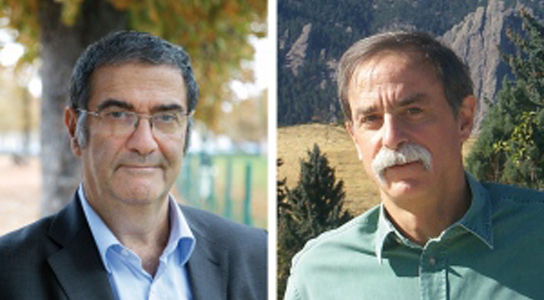
Serge Haroche (left) and David Wineland discovered ways to probe the quantum states of particles.
Serge Haroche of the College of France, Paris, and David Wineland of the National Institute of Standards and Technology in Boulder, Colorado, have been awarded an equal share of this year’s Nobel Prize in Physics.
While Wineland used light to measure the quantum state of atoms, Haroche used as a sensitive probe of light particles trapped in a cavity. Both of these techniques have been applied to investigate the fundamentals of quantum mechanics, and might lead to the development of quantum computers or incredibly precise atomic clocks.
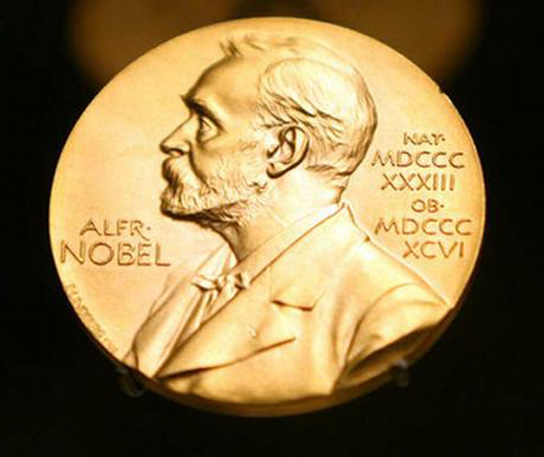
Particles of light and matter can occupy several mutually exclusive states simultaneously. Particles will show their quantum nature only in complete isolation, and even the tiniest interference can destroy it. The act of measuring itself can be enough to disrupt some systems. These new techniques allowed quantum physicists to probe at these states without destroying them.
Haroche bounced microwave photons between a pair of superconducting mirrors, and sent a stream of rubidium atoms through the fog of photons. The measurement of the spin of the atoms as they entered and exited the mirrored cavity allowed him to indirectly probe the quantum properties of the microwave photons inside. Progressive measurements have allowed his team to observe a photon’s quantum wavefunction, which simultaneously describes all of its possible quantum states, and monitor its collapse into a single, well-defined state.
Wineland’s team trapped beryllium ions in electrical fields and cooled them with a laser that excited the ion’s electrons, sucking vibrational energy from the system and thus lowering the overall temperature. Then, they used lasers to alter the vibrations between ions, which allowed them to control the quantum interactions inside the system. This work has already been used to create atomic clocks with unprecedented accuracy, and could also be used in a quantum computer.
These new techniques developed by Haroche and Wineland have allowed researchers to isolate, study, and manipulate increasingly complex quantum systems.


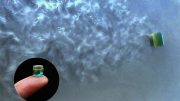
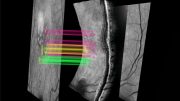
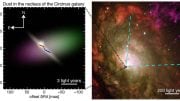
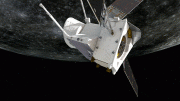

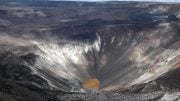

Congratulations to Dr.David wineland who used the optic tool of laser to easure the quantum states while Dr.Haroche used the same tool to count the quantums of light trapped in a cavity as they they are tangible coins to be counted. This will facilitate improvement and breakthrough in quantum computing which is in store for the future. This reminds me of the first ever made study of collision between photons and atoms by Dr.Raman in his Raman effect in 1924 and obtained Nobel Prize. His experiment was with Benzene liquid and interaction by monochromatioc light which got modified as Stokes Lines and Anti-Stokes Lines by splitting the incident light with energy imparted by electrons either absorbed or emitted to give higher and lower frequency. Very soon it was followed by compton effect with X-ray photons. For me this is the first experiment with photons and atoms which now culminated in this Nobel discovery.Invisible is photon is quantized and counted now . Very good. I hail the Nobel Laurettes.
Has anyone noticed there has been an explosion in this type of research since the publication of my theories on the creation of our universe in, May 2011. (Titled, ‘Just a Single Strand’, within the format of which I postulated that our entire universe is made up of a single energy source; ‘Electromagnetic Energy’…